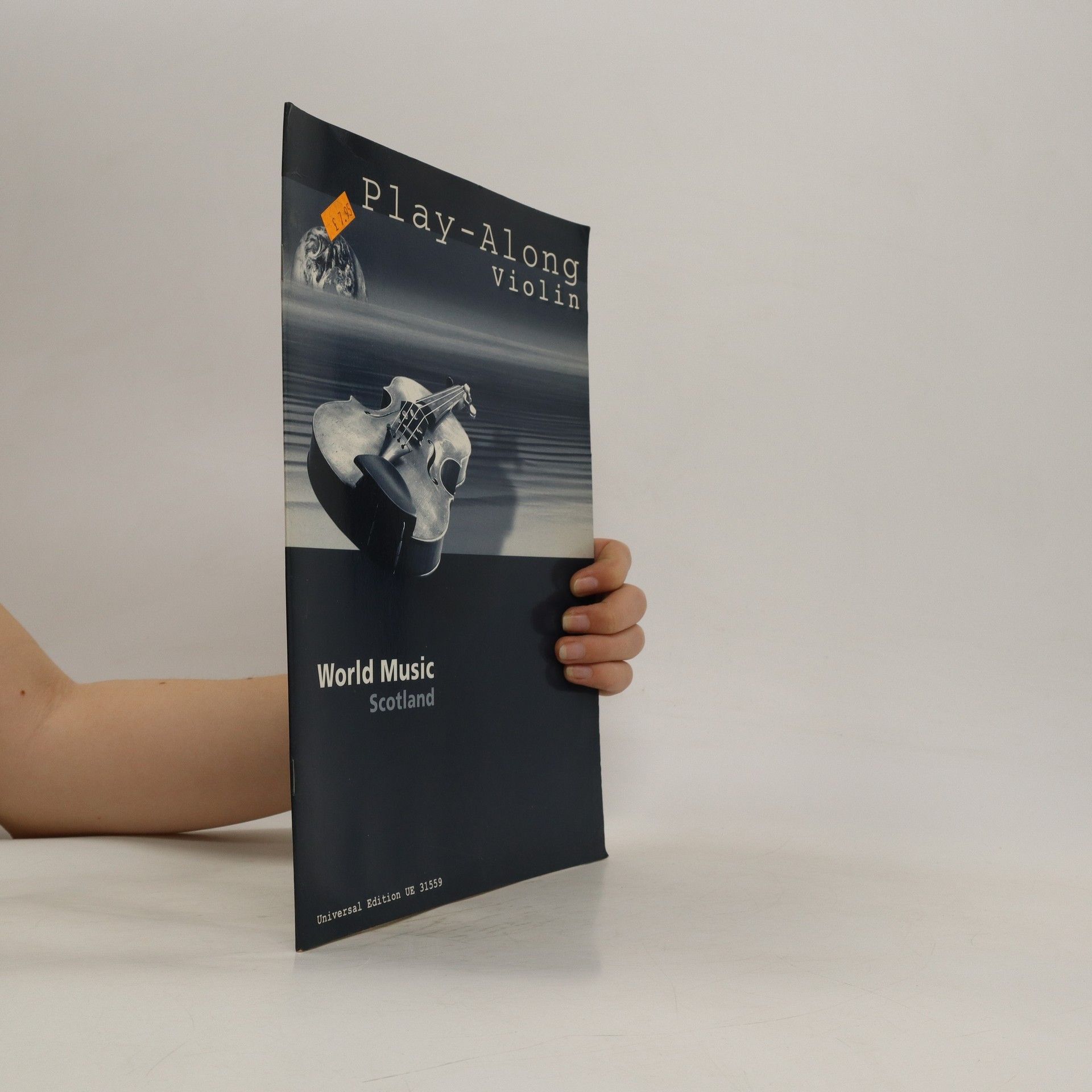Play it Cool - Saxophone
10 leichte Stücke. Alt- oder Tenorsaxophon mit Klavier- oder ONline-Audio-Begleitung. Ausgabe inkl. Play-Along.






10 leichte Stücke. Alt- oder Tenorsaxophon mit Klavier- oder ONline-Audio-Begleitung. Ausgabe inkl. Play-Along.
A progressive method. This progressive method provides a carefully paced approach to the sight reading requirements of Trinity grade exams at Grades 6 to 8. For each grade there are ten lessons, each with a clear area of focus. Stage-appropriate sight reading tips, both general and specific to the instrument, are given along the way.Each lesson presents four or five preparatory exercises leading to a duet, included to encourage the development of ensemble sight reading skills. While duets are not required for grade exams, they are vital in building confidence and rhythmic fluency. Each duet builds on the same musical ideas as the
A progressive method. This progressive method provides a carefully paced approach to the sight reading requirements of Trinity grade exams at Grades 3 to 5. For each grade there are ten lessons, each with a clear area of focus. Stage-appropriate sight reading tips, both general and specific to the instrument, are given along the way.Each lesson presents four or five preparatory exercises leading to a duet, included to encourage the development of ensemble sight reading skills. While duets are not required for grade exams, they are vital in building confidence and rhythmic fluency. Each duet builds on the same musical ideas as the
A progressive method. This progressive method provides a carefully paced approach to the sight reading requirements of Trinity grade exams at Grades 6 to 8. For each grade there are ten lessons, each with a clear area of focus. Stage-appropriate sight reading tips, both general and specific to the instrument, are given along the way.Each lesson presents four or five preparatory exercises leading to a duet, included to encourage the development of ensemble sight reading skills. While duets are not required for grade exams, they are vital in building confidence and rhythmic fluency. Each duet builds on the same musical ideas as the
A progressive method. This progressive method provides a carefully paced approach to the sight reading requirements of Trinity grade exams at Grades 6 to 8. For each grade there are ten lessons, each with a clear area of focus. Stage-appropriate sight reading tips, both general and specific to the instrument, are given along the way.Each lesson presents four or five preparatory exercises leading to a duet, included to encourage the development of ensemble sight reading skills. While duets are not required for grade exams, they are vital in building confidence and rhythmic fluency. Each duet builds on the same musical ideas as the